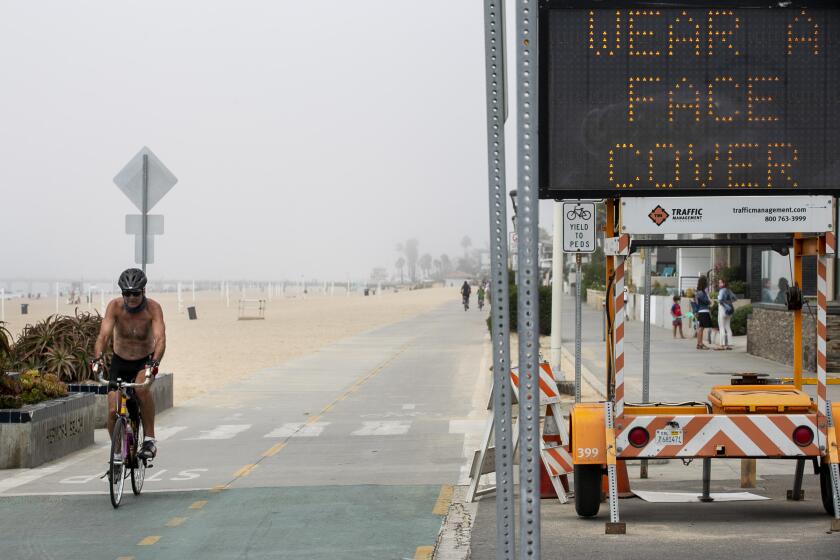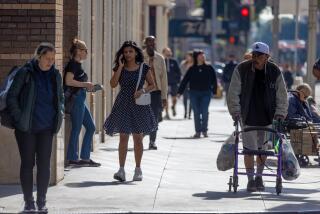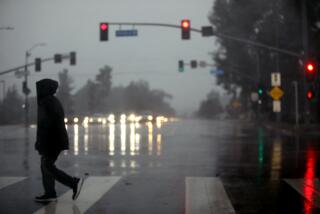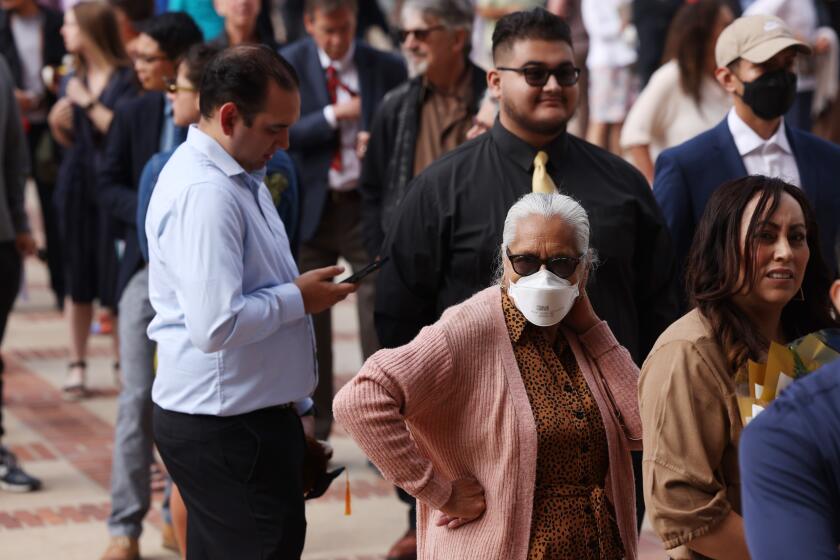Column: Think things are bad now? For California’s have-nots, it’s about to get worse
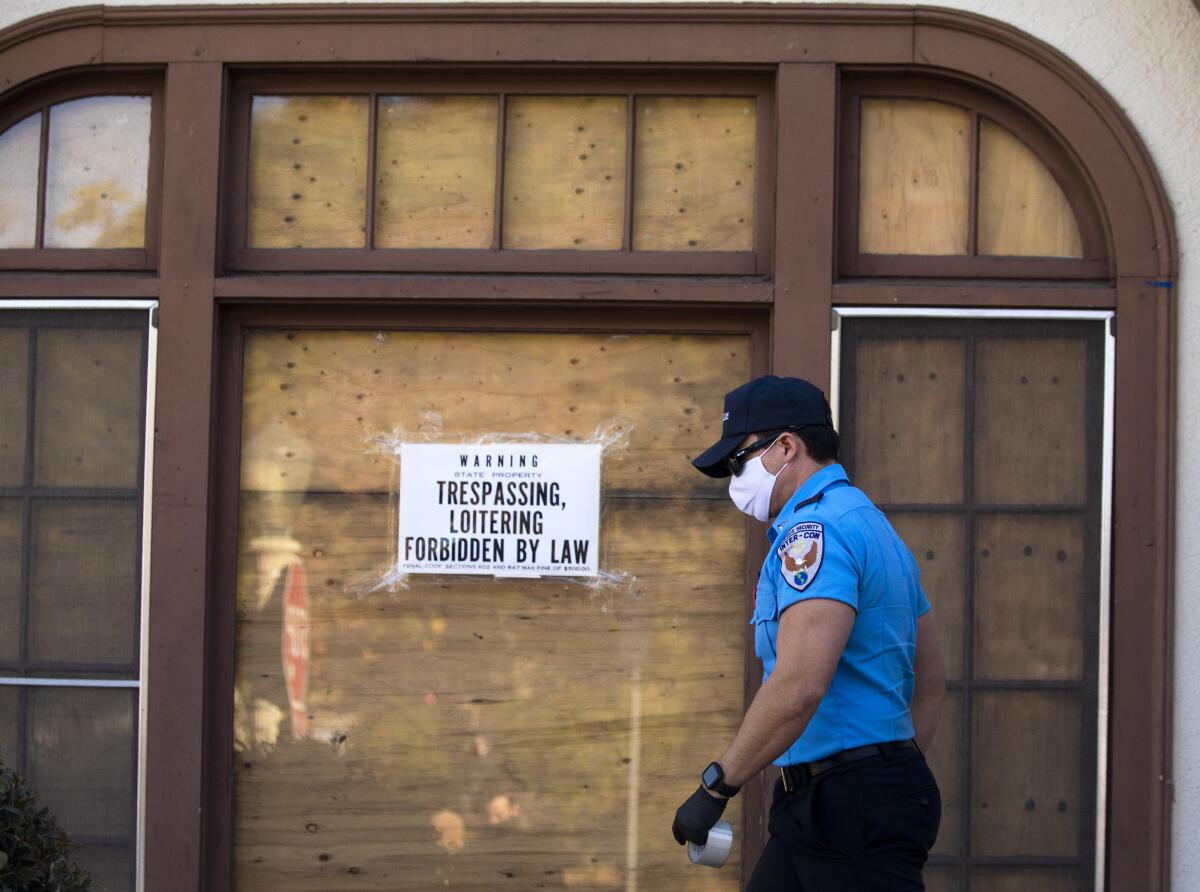
It has been more than a week, but Vee Serna is still shaken.
In the darkness of the night before Thanksgiving, the young mother watched as California Highway Patrol officers descended on the neighborhood of El Sereno, callously yanking families from the vacant, state-owned houses they had commandeered mere hours before. Dozens of people were arrested on suspicion of trespassing, burglary and unlawful assembly.
Terrified of what would happen if the officers found her and and her 8-year-old in one of the houses, Serna decided it was best to leave. But now mother and daughter are back in their cramped, one-bedroom apartment in Highland Park, once again facing the possibility of eviction.
“I’ve been living off my credit cards, food banks and just the mutual aid of my friends and community,” Serna said. “I’m just committed to doing whatever I can to not end up on the streets.”
Many Californians are likely to find themselves in exactly this kind of desperate situation in the coming weeks and months. It’s what retired UCLA law professor and researcher Gary Blasi calls a “perfect superstorm” for people on the verge of losing their housing or who are already homeless.
“It’s a failure of policy at every level,” he said. And he’s right.
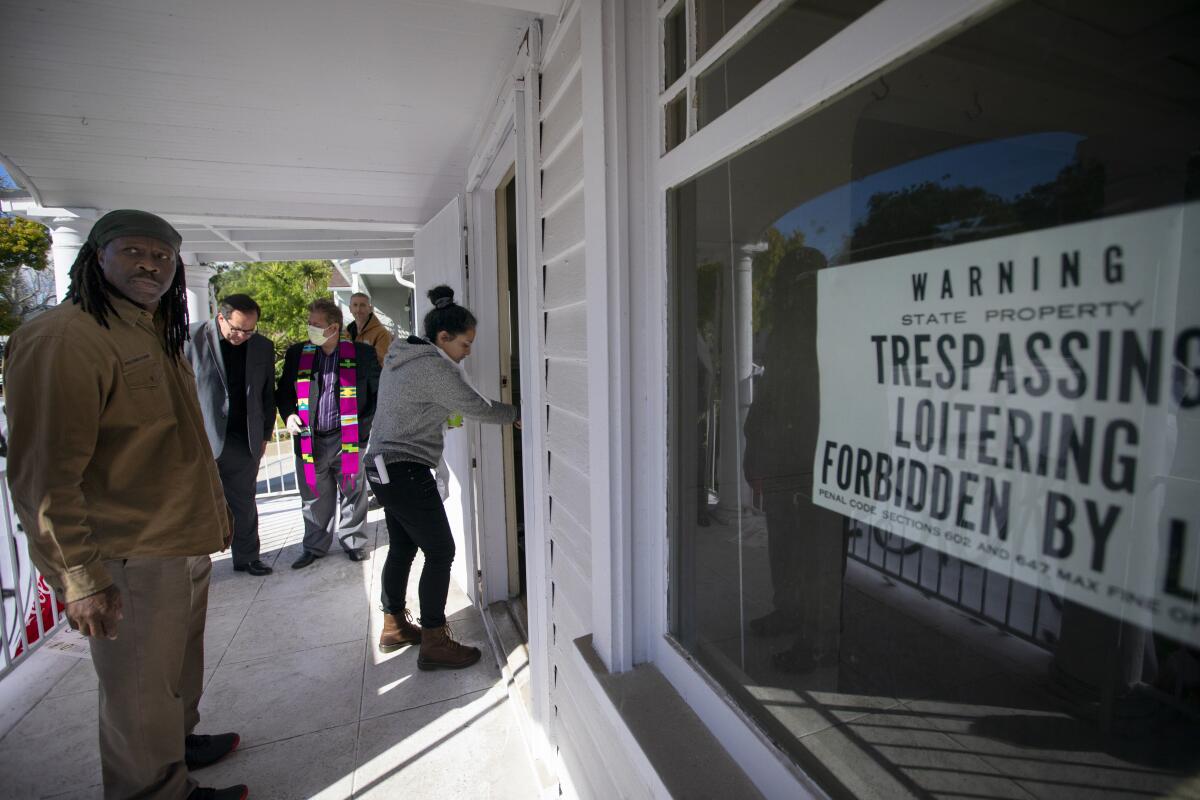
Above all, there’s the worsening COVID-19 pandemic. In recent weeks, despite a host of confusing efforts by our elected leaders to slow the surge, California has repeatedly shattered records for new coronavirus cases. Come Sunday, 11 counties in the southern half of the state will be under a new, state-imposed stay-at-home order. Counties in the Bay Area, eyeing the region’s availability of intensive care beds, have already taken the step, and others will no doubt follow suit.
This means more businesses will close, and more people who are already living paycheck to paycheck will get laid off and be unable to pay their rent. Even before the pandemic, more than 1 in 5 households in California spent more than half of their income on housing.
There’s also the winding down of Project Roomkey, Gov. Gavin Newsom’s aspirational program to get thousands of the most vulnerable homeless people off the streets and into hotel rooms. Although Newsom last week said he hopes to work with the incoming Biden administration to extend federal funding for rooms into 2021, there’s no guarantee. And in the meantime, more than a few homeless people are likely to end up back up on the streets.
Then there’s the cold, wet weather that’s moving in — and along with it a debate over whether it’s safer to leave people outside isolated in their tents or allow them to again pack indoor spaces such as congregant shelters, which can be vectors for coronavirus infections.
In Sacramento, for example, the death of a homeless man in his 60s, Greg Tarola, has prompted rounds of soul searching among city and county officials about when and how to open warming centers. He was found not far from the city’s complex of shelters, wrapped in blankets wet from the previous night’s rain, when the temperature dropped to 37 degrees.
Days earlier, he had shared his pessimism about the coming weeks and months with reporters.
If there is one thing people should expect from government in a public health crisis, it’s a clear plan and clear reasoning. We’re getting neither.
“You’re strictly on your own,” Tarola told Capital Public Radio. “Pray for God that he comes through because you’ve got nothing.”
Up and down the state, food banks, nonprofits and social services agencies are being overrun by people in need. That, too, is likely to worsen in the coming weeks, as the new stay-at-home order further restricts access to libraries, gyms and other places homeless people go to charge their phones and use the restroom, even as there has been a renewed a push to start clearing encampments after months of leaving them untouched so as to not increase the risk of spreading COVID-19.
And looming over of all of this, Blasi lamented, is the coming expiration of state and federal eviction protections — and with it, mandates to pay back rent.
“That’s kind of what we’re seeing now with the weather, the COVID super-spike, and people that are already on the street being joined by people being evicted, either legally or illegally,” he said. And the effects on Black and Latino communities will continue to be in “orders of magnitude.”
::
If such desperate times do indeed call for desperate measures, no one should be surprised about what happened in El Sereno last month. In fact, this is the second time this year that people have commandeered some of the dozens of houses owned by the California Department of Transportation, which purchased them years ago as part of a now-failed plan to extend the 710 Freeway.
It’s an open question why the state agency has let the houses sit there empty for so long that they’ve become, as Caltrans spokesman Matt Rocco says, “unsafe and uninhabitable.” Especially while L.A. is in the midst of an affordable housing crisis. But at least the first group of so-called reclaimers managed to persuade the city and state officials to turn some of the homes into transitional housing.
Serna had similar hopes about joining up with 20 or so other families who call themselves Reclaim and Rebuild Our Community.
“A couple of people just asked me if I was interested, and, you know, I couldn’t say no,” she said.
Three years ago, she explained, a private investment firm bought her apartment building. Since then, she said, her new landlord has worked nonstop to evict her — from raising the rent before a state law capping it went into effect this year to sending out a notice that she needed to leave because massive repairs were planned for her apartment, and only her apartment.

Compounding matters, Serna said, she lost her job working for a nonprofit in the early weeks of the pandemic. She hasn’t been able to find another, in part because she needs to work from home because her daughter has special needs and, like millions of students, is taking classes virtually.
“We were already super rent-burdened,” she said. “And so now after eight months, there’s no way that I can be paying rent plus paying back” rent.
Serna said she has considered moving, but she has neither the credit score nor the money to make it work. She said she applied to the city for rental assistance, but at $2,000, it wasn’t enough.
“I’m a single mom,” she said. “I always have worked full time before this pandemic, and I was able able to make it, but it’s still not the kind of income that they require.”
L.A. City Councilman Kevin de León, whose district includes El Sereno, has stepped up with a plan to rehab and turn the Caltrans houses over to low-income tenants. In the meantime, he has promised to distribute housing vouchers to the reclaimers who were booted out and are now couch-surfing with friends or sleeping in cars or tents.
Serna says she doesn’t know whether she’ll accept a voucher whenever it is offered. Her voice cracked as she recalled how, in the few hours they lived in El Sereno, her daughter had already started to envision a life in which she had her own room. Then they had to leave.
“We want a long-term solution and stability,” Serna said, pausing, searching for the words. Words that many in California understand all too well. “I feel like there’s no light at the end of this path for me.”
More to Read
Start your day right
Sign up for Essential California for news, features and recommendations from the L.A. Times and beyond in your inbox six days a week.
You may occasionally receive promotional content from the Los Angeles Times.
